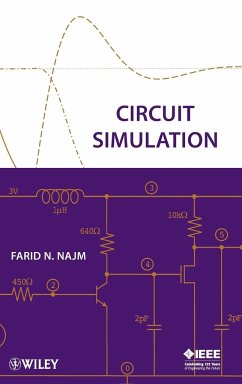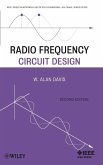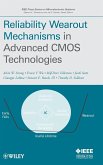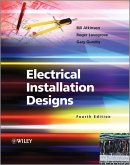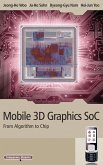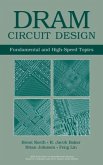This text describes in detail the many numerical techniques and algorithms that are part of modern circuit simulation packages, with an emphasis on the most typically used simulation mode, namely transient analysis. The material is clearly presented, rigorously explained, and sufficient detail is presented to enable the reader to write his/her own circuit simulator. Given how few textbooks are in print on circuit simulation, this text should be a welcome addition to the shelves of many design engineers and computer-aided design practitioners, as well as a graduate-level text.
A Definitive text on developing circuit simulators
Circuit Simulation gives a clear description of the numerical techniques and algorithms that are part of modern circuit simulators, with a focus on the most commonly used simulation modes: DC analysis and transient analysis. Tested in a graduate course on circuit simulation at the University of Toronto, this unique text provides the reader with sufficient detail and mathematical rigor to write his/her own basic circuit simulator. There is detailed coverage throughout of the mathematical and numerical techniques that are the basis for the various simulation topics, which facilitates a complete understanding of practical simulation techniques. In addition, Circuit Simulation:
Explores a number of modern techniques from numerical analysis that are not synthesized anywhere else
Covers network equation formulation in detail, with an emphasis on modified nodal analysis
Gives a comprehensive treatment of the most relevant aspects of linear and nonlinear system solution techniques
States all theorems without proof in order to maintain the focus on the end-goal of providing coverage of practical simulation methods
Provides ample references for further study
Enables newcomers to circuit simulation to understand the material in a concrete and holistic manner
With problem sets and computer projects at the end of every chapter, Circuit Simulation is ideally suited for a graduate course on this topic. It is also a practical reference for design engineers and computer-aided design practitioners, as well as researchers and developers in both industry and academia.
A Definitive text on developing circuit simulators
Circuit Simulation gives a clear description of the numerical techniques and algorithms that are part of modern circuit simulators, with a focus on the most commonly used simulation modes: DC analysis and transient analysis. Tested in a graduate course on circuit simulation at the University of Toronto, this unique text provides the reader with sufficient detail and mathematical rigor to write his/her own basic circuit simulator. There is detailed coverage throughout of the mathematical and numerical techniques that are the basis for the various simulation topics, which facilitates a complete understanding of practical simulation techniques. In addition, Circuit Simulation:
Explores a number of modern techniques from numerical analysis that are not synthesized anywhere else
Covers network equation formulation in detail, with an emphasis on modified nodal analysis
Gives a comprehensive treatment of the most relevant aspects of linear and nonlinear system solution techniques
States all theorems without proof in order to maintain the focus on the end-goal of providing coverage of practical simulation methods
Provides ample references for further study
Enables newcomers to circuit simulation to understand the material in a concrete and holistic manner
With problem sets and computer projects at the end of every chapter, Circuit Simulation is ideally suited for a graduate course on this topic. It is also a practical reference for design engineers and computer-aided design practitioners, as well as researchers and developers in both industry and academia.

